11 Battle Rope Benefits for your Every Day Workouts
Author:
Unlock your full potential by engaging with our experts and community! Have questions about your fitness journey or looking for expert advice on weightlifting techniques? Don’t hesitate — leave a comment below and Ihor Shymechko will provide a personalized answer and insights to help you reach your goals.
Torokhtiy is reader-supported. Some links are affiliate links, and we may earn a commission at no extra cost to you. See our disclosure page for details.
Almost all personal trainers love incorporating this piece of equipment into their workouts, and with a good reason. It’s versatile and effective and tests your athletic abilities in multiple ways. However, if you’re not yet convinced, then hopefully, this article will make you appreciate all the battle rope benefits and why it’s so important to use it in your workouts.
In this short text, we will be answering the question “what does the ropes workout do” as well as what the main benefits of battle ropes are. Along with that, we will go over some possible setbacks and try to give you the best possible one to use in your training sessions so that you can get the most battle rope exercise benefits.
The main benefits of battle rope include improved athletic performance, increased strength, and enhanced cardiovascular capacity. They’re an overall incredible exercise that, when done regularly, can be extremely beneficial to all athletes, regardless of the sport they’re practicing.
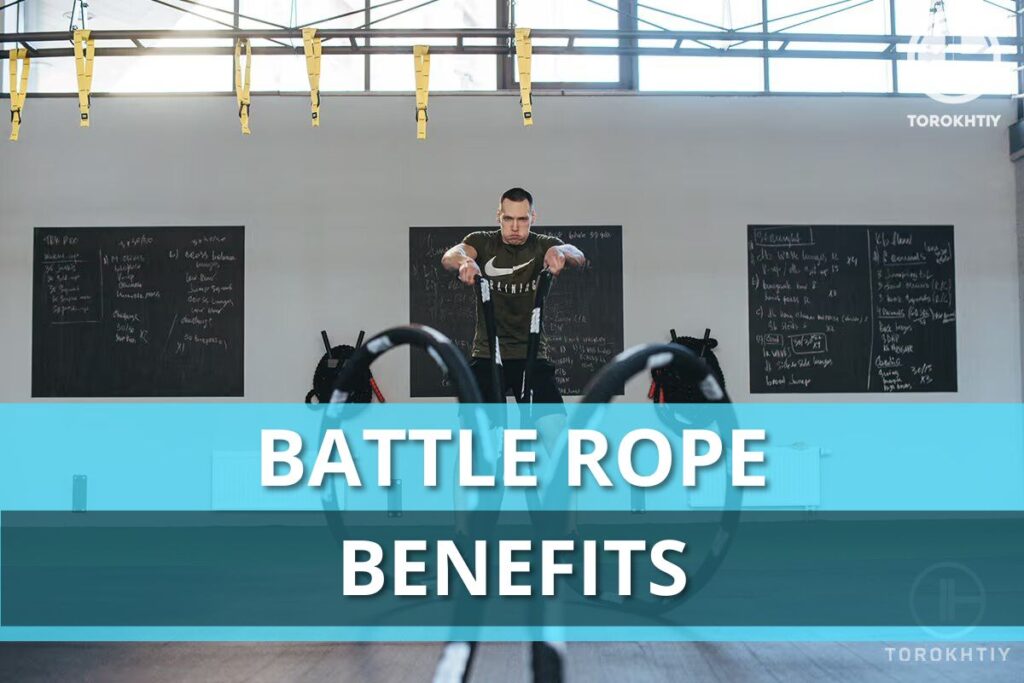
What Muscle Does Battle Rope Work?
Doing battle rope exercises is considered full-body training targeting most of your body’s muscles. More specifically, it requires you to use your core muscles, along with your entire upper body, including shoulders, arms, and back. Moreover, it positively influences your mental health. Battle ropes are portable and versatile, making them an ideal workout gear.
For example, when doing bilateral waves (which is essentially swinging both of your arms at the same time), you’re targeting the muscles in your shoulders and your upper back, while when doing unilateral waves (switching one arm after the other), you’re putting more emphasis on your obliques, along with your arms.
A study found that doing battle rope workouts at least three times per week led to major improvements in core and upper body strength. And so one of the biggest battle rope workout benefits is the fact that it enables you to train multiple body parts at the same time.
11 Battle Rope Benefits You Should Know
The benefits of battle ropes aren’t one or two – they are many. And we will look to cover just the most important ones that you should 100% know about, and that will make you feel more excited about incorporating this exercise into your training sessions.
Hopefully, by the end of the article, you will realize that battle rope workouts are not only incredibly effective, but also a ton of fun and essential exercise for almost any athlete.
Let’s get started.
✅ Full-Body Workout
Exercising with heavy workout ropes provides a full-body workout that engages multiple muscle groups simultaneously. Some major muscle groups targeted by battle ropes include:
- Shoulders: Swinging and slamming the ropes engages the shoulders, particularly the deltoids.
- Arms: The biceps, triceps, and forearms are also heavily engaged during battle rope exercises.
- Core: The core muscles, including the abs, obliques, and lower back, are activated to stabilize the body and maintain proper form.
- Legs: Lunges, squats, and jumps can be incorporated into battle rope exercises to engage the quadriceps, hamstrings, and glutes.
- Cardiovascular system: Battle rope exercises provide an intense cardiovascular workout, elevating the heart rate and improving overall cardiovascular fitness.
By engaging multiple muscle groups simultaneously, battle rope exercises provide a highly efficient and effective full-body workout that can improve strength, endurance, and overall fitness. Additionally, the dynamic and challenging nature of battle rope exercises can help to keep workouts interesting and engaging, preventing boredom and promoting adherence to an exercise routine.
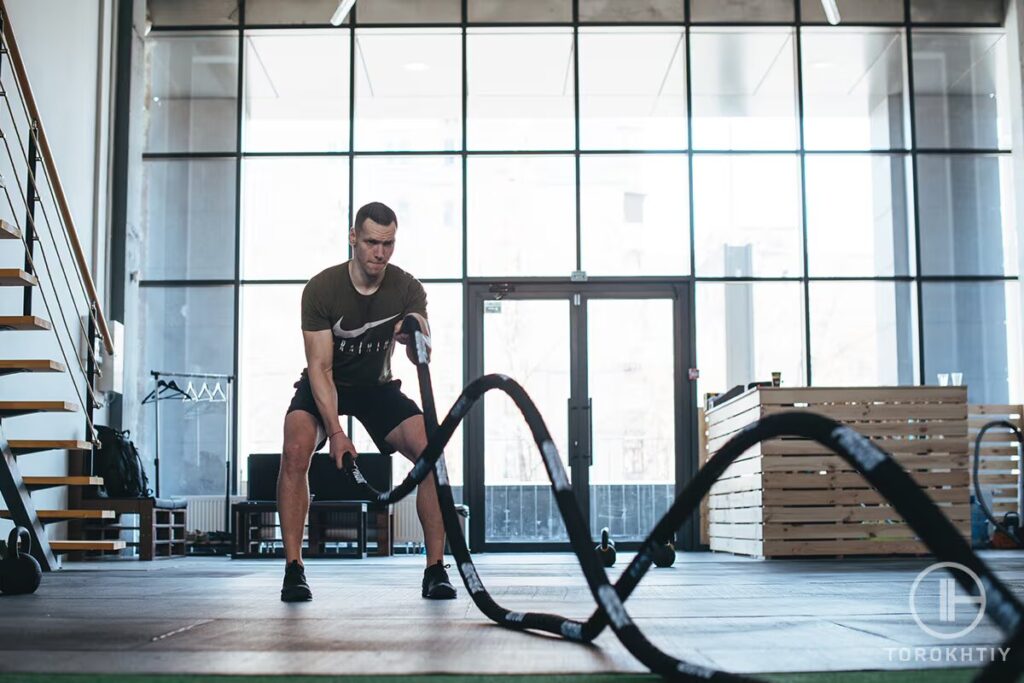
✅ Enhance Your Cardiovascular Abilities
If you’ve ever tried swinging battle ropes, you already know that it isn’t only challenging for your muscles, but it also often leaves you out of breath. That’s because the swinging movement requires your heart to quickly pump blood to all the muscles performing the exercise.
For that reason, doing a few sets of battle ropes every session can help you improve your cardiorespiratory fitness, as shown by various studies.
Along with that, one particular study proved that swinging battle ropes increases your heart rate so much that it can be considered a vigorous activity – meaning you burn more calories in a short time frame while also strengthening your heart.
✅ Improve Your Athletic Performance
Battle rope exercises have both strength and cardio benefits, as we’ve already discussed. Because of that and as proven by research incorporating them into your workouts can help you massively improve your overall athletic performance.
In one study, 30 basketball players participated in a battle ropes training program and, in just eight weeks, managed to make major improvements in their core endurance and jump height.
With that said, battle rope exercises are also incredibly demanding and can lead to fatigue and soreness in the muscles, which is something you have to consider if you’re an active athlete that needs to perform week-in and week-out and can’t afford to have bad performances due to insufficient recovery.
✅ Versatility
Incorporating battle ropes into your workout routine has several versatile benefits. Firstly, they provide a full-body workout that engages multiple muscle groups, including the arms, shoulders, back, core, and legs.
Secondly, battle ropes can be utilized to achieve a variety of fitness goals, such as building strength, increasing endurance, or improving cardio, making them an excellent option for anyone looking to improve their fitness.
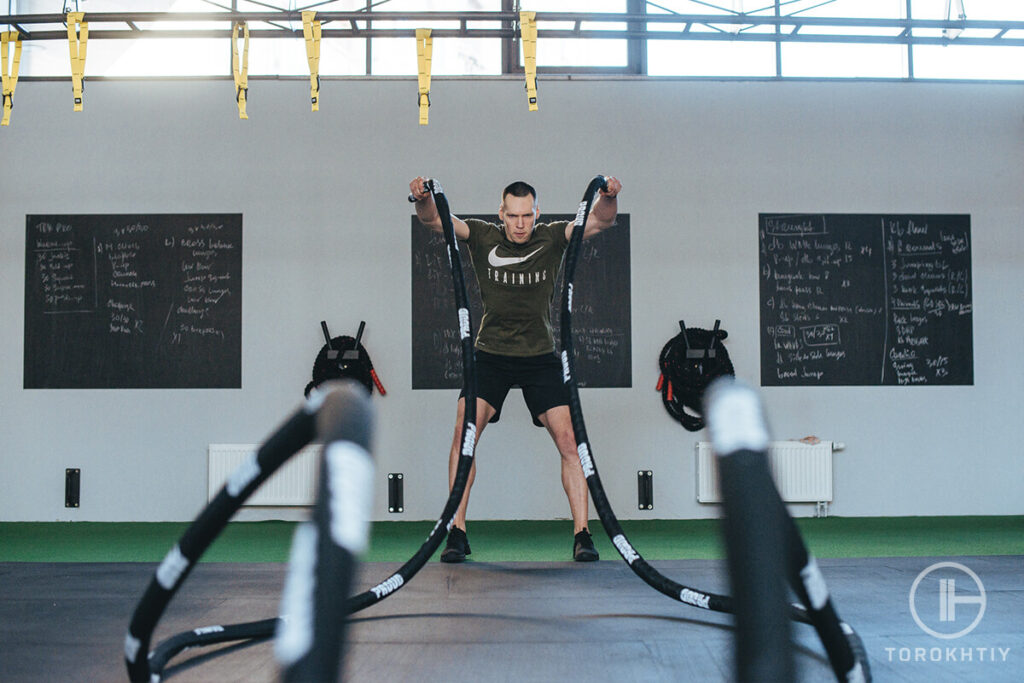
Thirdly, battle ropes can be adjusted to suit different fitness levels, with different lengths and weights available to cater to everyone from beginners to advanced athletes.
Additionally, battle ropes are a versatile piece of workout equipment that can be used in various settings, including the gym, park, or even at home. Finally, they can be combined with other exercises, such as lunges, squats, or planks, to create a more challenging and diverse workout routine.
✅ Portable
The portability of battle ropes is a major benefit for those who want to work out on the go or in different locations. Battle ropes are lightweight, easy to transport, and require minimal setup, making them an ideal option for individuals looking for a space-saving and versatile workout equipment.
Additionally, battle ropes can be used in different settings, making them an excellent choice for people with various fitness goals and preferences. Overall, the portability of battle ropes provides convenience, versatility, and a space-saving option for people who want to maintain an active lifestyle, no matter where they are.
✅ Have Better Coordination & Balance
As an athlete, coordination, and balance are key components of a good performance. And in order to have them, you need a strong core and the ability to think quickly. So, if you want to improve your posture and balance while also learning to use your arms almost without thinking, then battle ropes are a terrific addition to your workout plan.
By doing them, you will learn to move your arms independently from one another while engaging your glutes and core at the same time. With that, you will not only improve your coordination and balance, but you will also correct any muscle imbalances that you may have either from the sport you practice or from other forms of exercise you do.
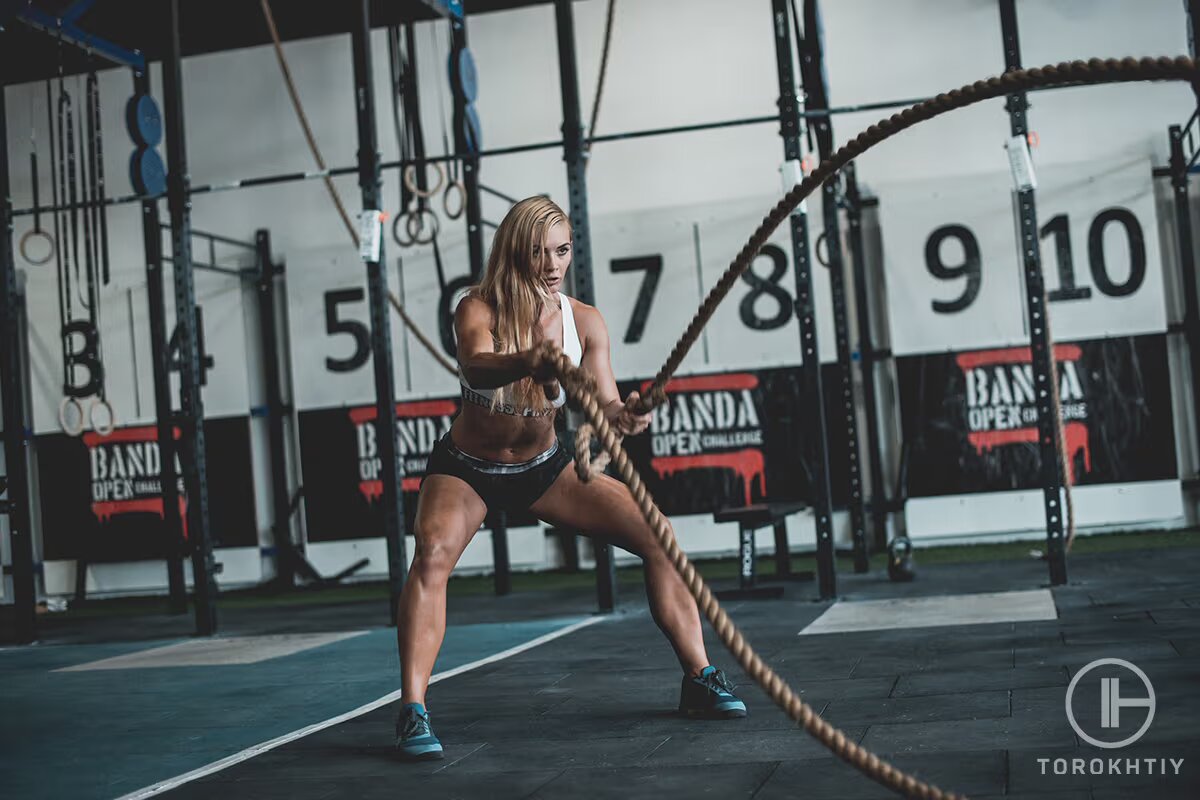
✅ Improve Grip Strength
Exercising with battle ropes can significantly enhance grip strength by strengthening the muscles in your hands, wrists, and forearms. This is due to the tight grip needed during battle rope exercises, which can improve your performance in other exercises that require grip strength, like deadlifts or pull-ups, and can make daily activities easier.
Moreover, having a stronger grip can reduce the risk of injury while performing physically demanding tasks. Overall, incorporating battle rope exercises into your fitness routine can provide multiple benefits, ranging from athletic performance to everyday activities.
✅ Great for Quick HIIT Training Sessions
Suppose you’re looking for a short, but effective workout, then look no further than battle ropes. Just 10 minutes of performing various exercises with the battle ropes will get your heart beating fast and your sweat on and will challenge the muscles of your upper body and your abdominals.
And so, if you’re short on time, but still want to have an effective training session that gets your heart rate up and activates your muscles, then battle ropes are a fantastic choice. Additionally, as battle rope exercises require you to both burn fat and work your muscles, they’re a terrific way to boost your metabolism and give yourself more energy for the day.
✅ Burn Calories
Exercising with battle ropes can be a highly effective way to burn calories. This is because the high-intensity exercises engage multiple muscle groups, rapidly increasing your heart rate, and resulting in a higher calorie burn.
Moreover, battle rope workouts are usually longer, which also contributes to a more significant overall calorie burn. As a result, battle rope exercises offer a full-body workout that can help boost your metabolism and provide a challenging, versatile addition to your fitness routine.
✅ Low Impact Exercise
Battle ropes are a magnificent workout tool that eliminates the risk of incurring undue stress on your lower body joints. Unlike high-impact exercises, such as running or jumping, battle ropes use a series of controlled movements to ensure that your joints are protected, lowering the likelihood of any injuries.
Whether you’re a fitness enthusiast or a beginner, battle ropes can be customized to suit a wide range of fitness levels and abilities. As a result, you can work out with a more challenging routine without straining your joints.
One of the benefits of using battle ropes is that they require minimal equipment and space. This feature makes them an ideal workout option for people who don’t have access to a gym or can’t afford expensive fitness equipment.
Moreover, low-impact exercises such as battle ropes are a fantastic way to recover from injuries and manage chronic joint pain. The gentle motions used in battle ropes can help you enhance joint mobility and flexibility while reducing the chances of further injury.
✅ Mental Benefits
Exercising with a battle rope can provide numerous mental benefits in addition to physical benefits. The high-intensity nature of the exercises can help release endorphins, providing stress relief, while the focus required can enhance your attention and self-confidence.
Moreover, the mind-body connection cultivated during battle rope exercises can help you become more aware of your physical capabilities and in tune with your body. These mental benefits, along with the physical benefits, can contribute to a holistic approach to fitness that can improve your overall well-being.
4 Drawbacks of Using Battle Ropes
As with almost everything else in life, battle ropes come with their cons and all the positives we already discussed. And because we do want to give you the full picture, let’s discuss some of the potential drawbacks of battle ropes.
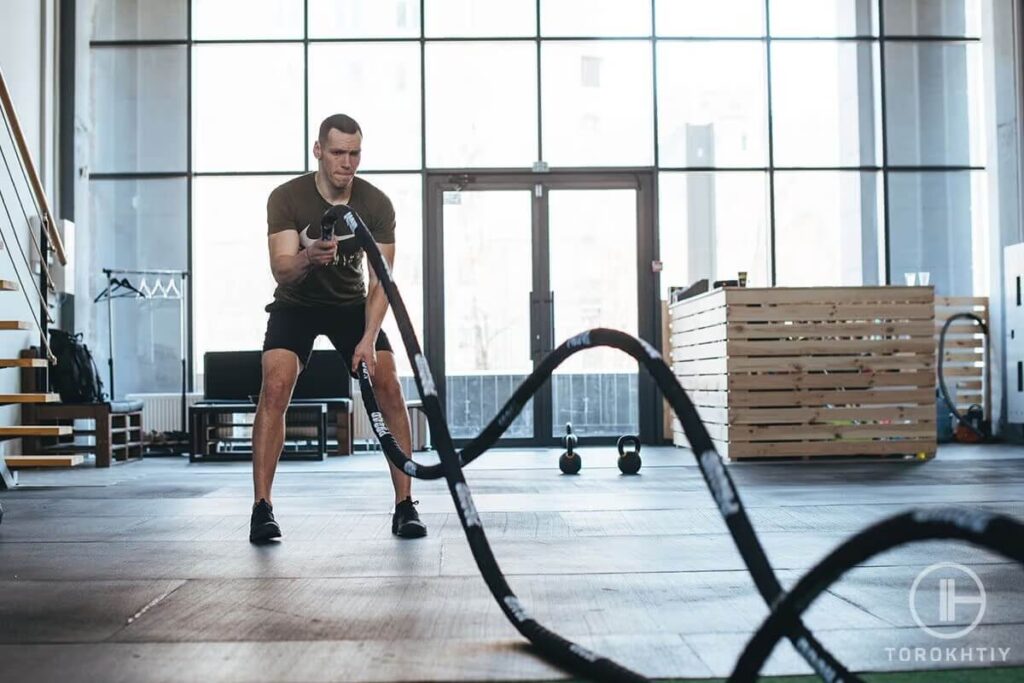
❌ Require a Lot of Space
If you want to get battle ropes for your home gym, you need to ensure you have plenty of space available. Unlike a lot of other kinds of gym equipment, battle ropes require quite a bit of free space in order for you to use them effectively, and the minimum requirement is around 10 to 15 feet.
And the thing is – the longer the ropes are, the more effective the workout will be. Along with that, the entire exercise requires you to slam the ropes onto the floor – something you will want to avoid doing without proper flooring and if you have someone living in the area below your home gym. It’s the kind of equipment suitable for your backyard or garage and will not fit most home gym concepts.
❌ Causes Muscle Fatigue
We already mentioned that battle ropes could be effective when training both for upper body strength and for when you want to improve your cardiovascular performance. However, if you’re an active athlete in the season that needs to perform regularly, they might be too demanding of an exercise to include in every training session.
The reality is that battle ropes are pretty exhausting and can often lead to muscle soreness and fatigue in the following days after you’ve used them. Athletes have to be very careful about how they include them in their training regime.
❌ Can Aggravate Past Injuries
If you’ve had any shoulder issues before, you might want to avoid using battle ropes all that often. That’s mainly because the entire nature of the movement can “awaken” previous shoulder issues and aggravate current ones.
If your shoulders are a weak area for you, then you should do the exercise with some caution and carefully analyze whether it’s causing you any pain or discomfort. If you believe it does, then the best idea is to either change the movement or stop using battle ropes in your workouts completely.
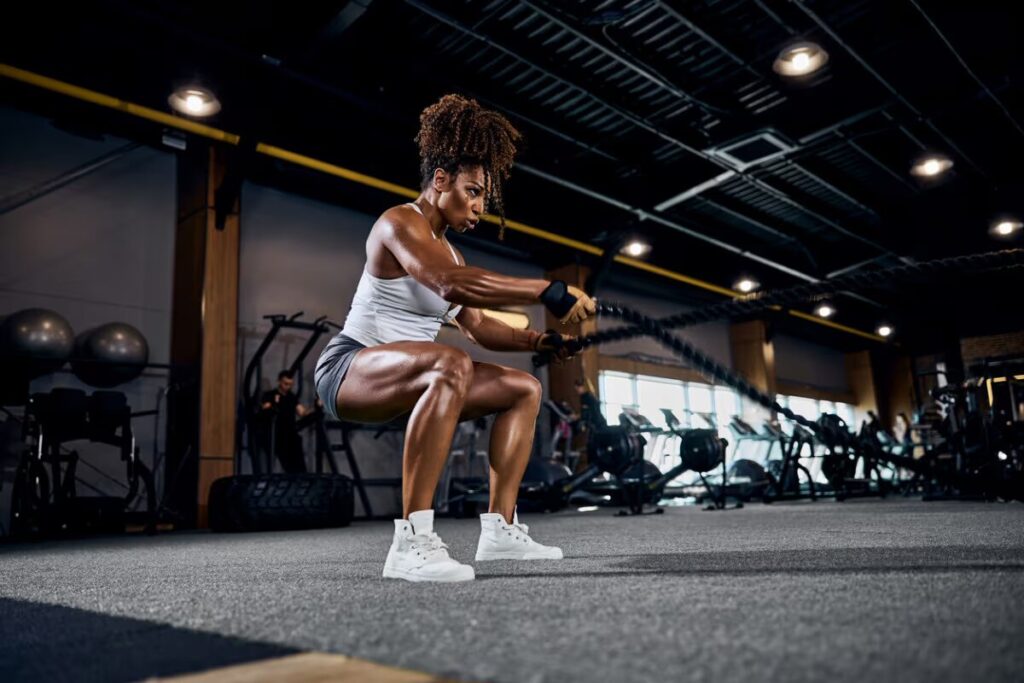
❌ The Importance of Using High-Quality Battle Ropes
As with any exercise using high-quality equipment will only make it more comfortable for you to do the workout and also a lot more fun. When it comes to battle ropes investing in one that’s well-made and with good quality is the key to it lasting you a long time and not causing you major issues with your hands (such as nasty blisters).
Along with that, if you plan on keeping it in your garage or yard (where it’s typically moist), then the high quality will ensure it remains intact for longer and can be used for many years.
What To Look For In Battle Ropes?
1. Rope Material
Battle ropes can be made from various materials, such as nylon, polyester, and manila. Nylon ropes are known for their durability and longevity, while polyester ropes are resistant to abrasions and damage from UV rays. Although manila ropes are a more traditional option, they may not be as durable as other materials.
2. Rope Diameter
The diameter of the battle rope can significantly impact the level of difficulty and the muscle groups targeted during exercises. Thicker ropes tend to be more challenging and require greater grip strength, while thinner ropes are generally more suitable for beginners.
3. Rope Length
The length of the battle rope can affect the types of exercises you can perform and the amount of space required. Longer ropes may be more appropriate for outdoor use, while shorter ropes may be better suited for indoor workouts.
Tips From the Champ
Choose nylon for durability, polyester for abrasion resistance, or manila for a classic feel in your battle rope. Adjust diameter for difficulty—thicker for a challenge, thinner for beginners. Consider rope length based on exercise types and space availability.
Olympic Weightlifting Champion
4. Rope Weight
The weight of the battle rope can also impact the level of difficulty and the muscle groups targeted during exercises. Heavier ropes can provide a greater challenge and a higher level of resistance, while lighter ropes may be more suitable for beginners or those who want to focus on speed and endurance rather than strength training.
5. Handle Design
The handles on the battle rope can impact your grip and comfort during exercises. Look for handles that are comfortable to hold and provide a secure grip to avoid slipping or discomfort during use.
Handles made from materials such as rubber or foam can be more comfortable to grip, and those with textured or contoured surfaces can provide a better grip. Some handles may also feature ergonomic designs that can reduce strain on the hands and wrists.
Rep Fitness Sleeve Battle Rope
If we have to recommend one battle rope on the market, then it will be the one made by Rep Fitness. It’s easy to install, incredibly durable, made from polydacron that helps it make the most “wave” action, and finally protected with nylon to reduce wear and tear and last a long time. Along with that, it has comfortable, grippy handles that prevent it from slipping from your hands.
The rope comes in two different lengths (30’ and 50’) and two diameters (1.5” and 2”) – the wider option provides more of a grip challenge, while the length adds difficulty. For further customization, you can also choose your rope’s color – red, blue, or black.
How To Use Battle Ropes?
1. Warm Up Properly
Initiating your battle rope routine necessitates warming up your muscles and elevating your heart rate. Try executing jumping jacks, lunges, or in-place running for a fleeting period to elicit circulation.
2. Focus On Form
Adequate form proves indispensable for fruitful and secure battle rope workout. Ensure upright alignment, activate core musculature, and exert complete range of motion with every gesture.
3. Vary The Exercises
You can conduct a variety of workouts with combat ropes, so don’t be hesitant to experiment with new routines. This will assist to keep your workouts fresh and will push your muscles in different directions.
4. Gradually Increase Intensity
Start with a lesser intensity and progressively raise the difficulty over time if you’re new to combat rope activities. This can help you avoid injury and guarantee that you’re training at an optimum level for your fitness level.
5. Breath Properly
Breathing is vital during combat rope activities because it helps give oxygen to your muscles and keeps you from becoming fatigued. Exhale as you draw the rope closer to you, and inhale as you lower it.
6. Incorporate Intervals
Battle rope movements are a terrific way to add HIIT into your workout program. To test your muscles and enhance your cardiovascular fitness, alternate between times of high-intensity activity and rest intervals.
FAQ
Are Battle Ropes Worth Buying?
Yes, battle ropes are worth buying if you want to enhance your general fitness, increase strength, and integrate a hard and adaptable training item into your regimen. However, whether they are worthwhile relies on personal fitness objectives and tastes, as well as the availability of other training equipment and tools.
What happens if you do battle ropes every day?
There are many benefits of doing battle ropes every day. First, it will help you strengthen all the muscles in your upper body (back, arms, shoulders), along with the ones in your core, thus helping your stabilization and balance.
Furthermore, as battle ropes are a vigorous activity, incorporating them into your daily workouts can enhance your cardiovascular endurance and strengthen your heart. However, you should be careful about doing the battle rope exercise too often as it’s quite demanding and can cause muscle soreness and fatigue.
Is battle rope good for belly fat?
Battle rope exercises work out your core and so can help you increase your strength in that area of your body. Along with that, they’re a great cardio workout, as they raise your heart rate and can help you create quite a sweaty workout for yourself.
All of that combined makes the exercise great for reducing your overall body fat and, thus, your belly fat as well. However, they’re not an exercise that particularly targets that area of your body.
How long should you do battle ropes?
The battle ropes exercise is quite an intense one as it requires a lot of strength, and it also raises your heart rate by a lot and is super tiring. That’s why ideally, you should aim for doing it around 10 minutes per session for maximum efficiency, and it’s best to do it as interval training.
For example, performing the exercise for 30 or 20 seconds and then resting for 30 or 40 – repeating that for ten rounds is quite enough for a good workout.
Conclusion
Introducing battle ropes into your training program may bring several benefits, including increased strength, cardiovascular endurance, and mental concentration. The best combat ropes are long-lasting, adaptable, and ideal for your fitness objectives and training environment.
If you have any more recommendations or experiences with the greatest combat ropes, please leave a comment and join the discussion.
Also Read:
- Battle Rope Alternative
- What Muscle Do Battle Ropes Work
- Beginner’s Guide To Cable Machines
- Battle Rope Benefits
References:
- Physiological Responses to Increasing Battling Rope Weight During Two 3-Week High-Intensity Interval Training Programs // National Library of Medicine: https://pubmed.ncbi.nlm.nih.gov/32091465/
- Eight-Week Battle Rope Training Improves Multiple Physical Fitness Dimensions and Shooting Accuracy in Collegiate Basketball Players // National Library of Medicine:
https://pubmed.ncbi.nlm.nih.gov/29847529/ - Metabolic cost of rope training // National Library of Medicine: https://pubmed.ncbi.nlm.nih.gov/23897017/
- Can You Use Battle Ropes Every Day? // Fitnessdayone:
https://www.fitnessdayone.com/battle-ropes-every-day/ - Are battle ropes good for losing belly fat? // TheFitnessFAQ:
https://www.thefitnessfaq.com/are-battle-ropes-good-for-losing-belly-fat/ - A Beginner’s Guide to Battle Ropes // TheFitnessFAQ:
https://www.thefitnessfaq.com/how-long-should-a-beginner-do-battle-ropes-3/ - Joaquin Calatayud, Fernando Martin, Juan C Colado “Muscle Activity During Unilateral vs. Bilateral Battle Rope Exercises” J Strength Cond Res. 2015 Oct;29(10):2854-9. https://pubmed.ncbi.nlm.nih.gov/25853917/
- Katey Davidson “How to Get Started with Battle Rope Exercises” HealthLine Mar 7, 2022 https://www.healthline.com/health/fitness/battle-rope-exercises
- Charles J Fountaine, Brad J Schmidt “Metabolic cost of rope training” J Strength Cond Res. 2015 Apr;29(4):889-93. https://pubmed.ncbi.nlm.nih.gov/23897017/
- Wei-Han Chen, Huey-June Wu, Shin-Liang Lo “Eight-Week Battle Rope Training Improves Multiple Physical Fitness Dimensions and Shooting Accuracy in Collegiate Basketball Players” J Strength Cond Res. 2018 Oct;32(10):2715-2724. https://pubmed.ncbi.nlm.nih.gov/29847529/
- Stephen B Hanauer “Keep your cool: burn calories” Nat Rev Gastroenterol Hepatol. 2009 Jun;6(6):315. https://pubmed.ncbi.nlm.nih.gov/19494818/
- Photos by Torokhtiy Media Team, Julia Larsons, Pexels.
Why Trust Us?
With over 20 years in Olympic weightlifting, strength training, nutrition coaching, and general fitness our team does its best to provide the audience with ultimate support and meet the needs and requirements of advanced athletes and professional lifters, as well as people who strive to open new opportunities and develop their physical capabilities with us.
By trusting the recommendations of our certified experts in coaching, nutrition, and sports training programming, as well as scientific consultants, and physiotherapists, we provide you with thorough, well-considered, and scientifically proven content. All the information given in the articles concerning workout programming, separate exercises, and athletic performance, in general, is based on verified data.
The product testing process is described in more detail here.
Author: Ihor Shymechko
Pro Olympic Weightlifter, Coach
Best Results: Snatch – 208 kg,
C&J – 240 kg
Ihor has been a professional weightlifter since 1996, boasting over two decades of competition experience. His notable achievements include clinching the European Championship in 2009 and securing a silver medal in the 105kg division at the Senior World Championships in 2011. Ihor represented his country in the 2008, 2012, and 2016 Summer Olympics. After retiring from competitive weightlifting, he transitioned to coaching, leveraging his vast experience to guide athletes who now compete on both national and international stages.




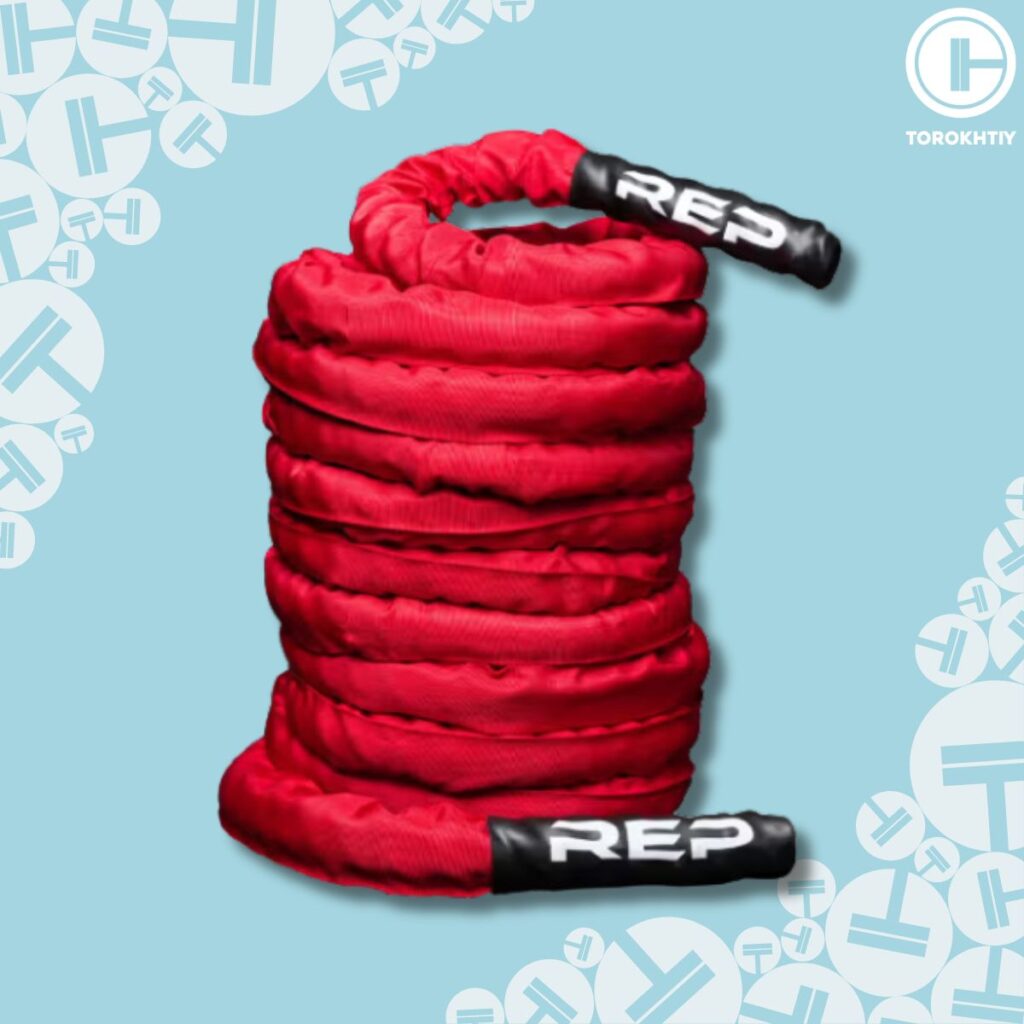
Still have questions after reading our article? Unlock your full potential by engaging with our experts and community! Don’t hesitate — leave a comment below and Ihor Shymechko will provide a personalized answer and insights to help you reach your goals.